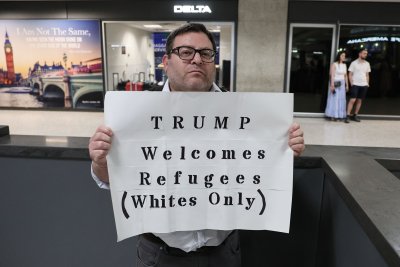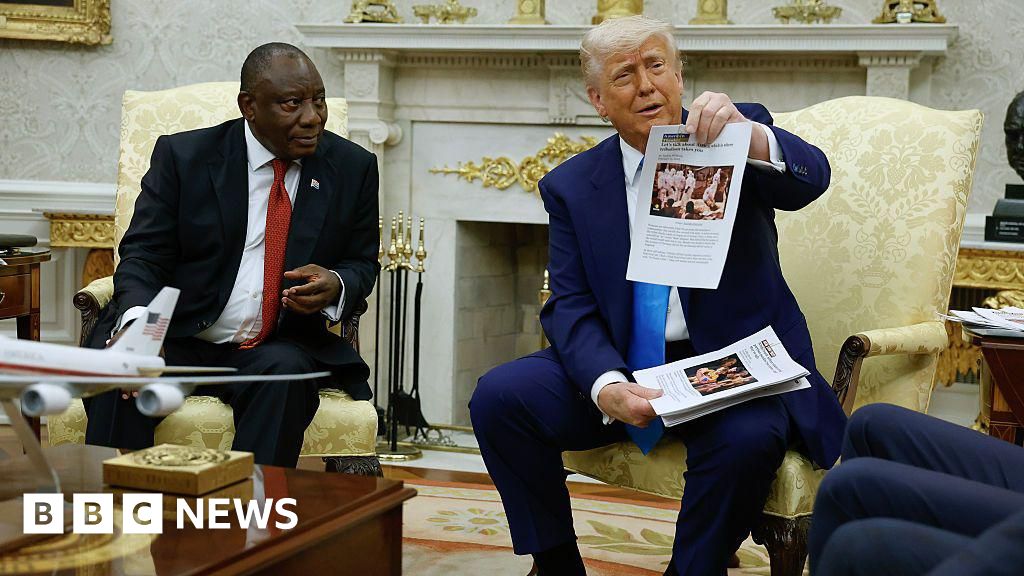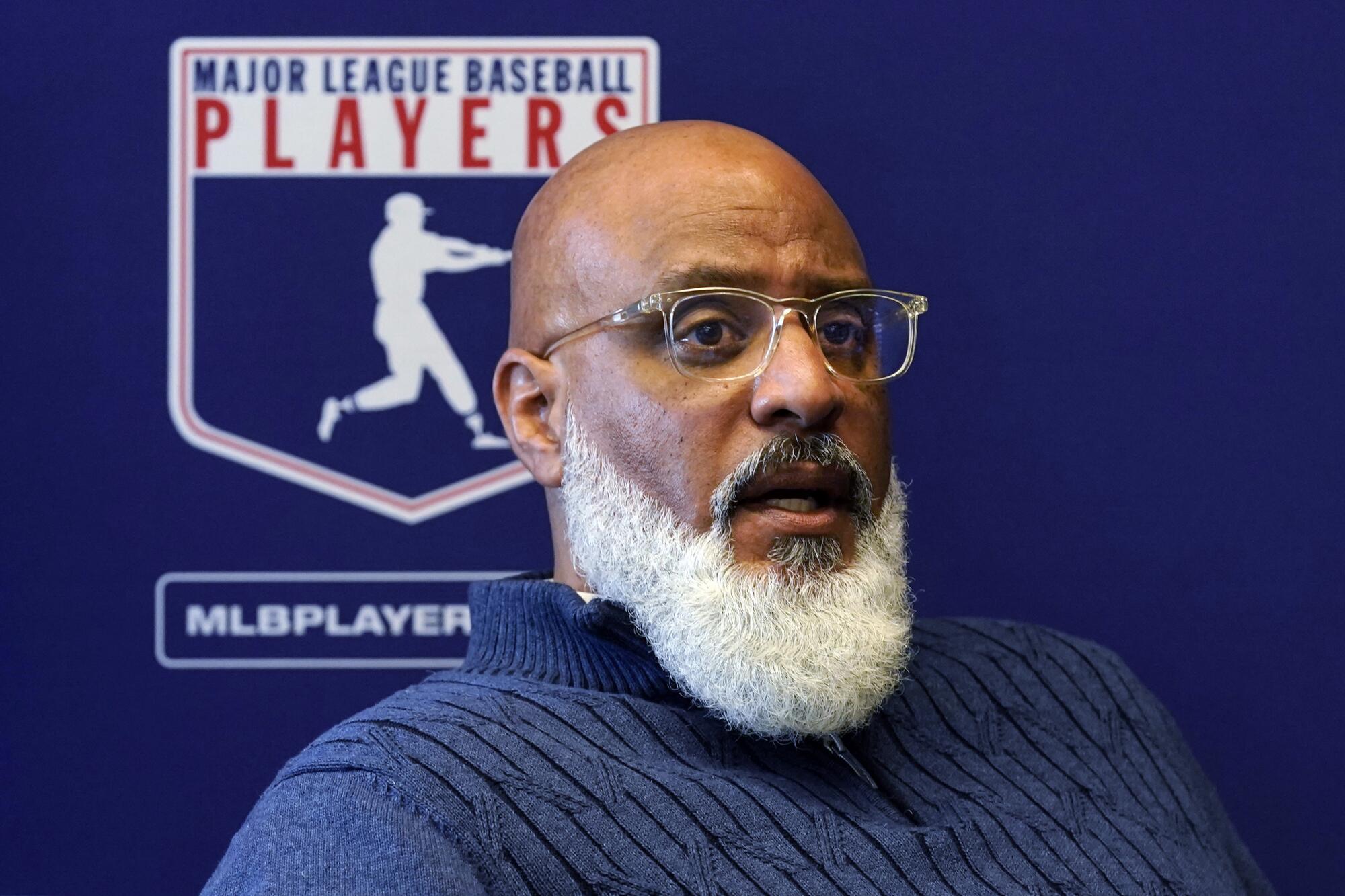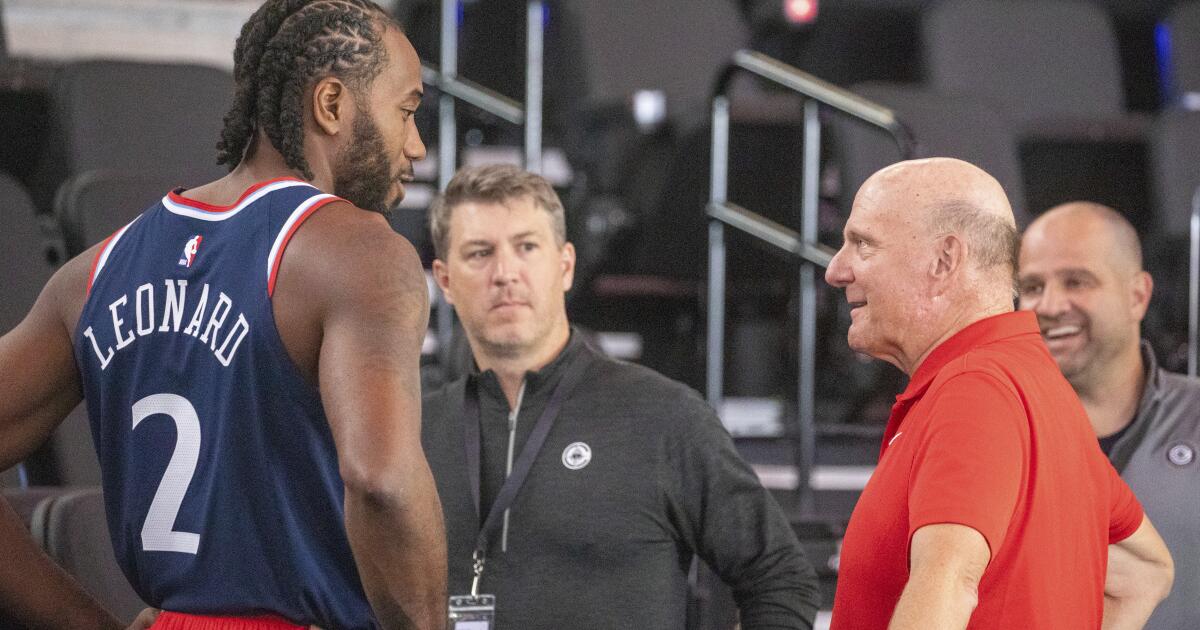At the heart of the uproar over allegations that Kawhi Leonard of the Los Angeles Clippers received millions in undisclosed payments from a tree-planting startup is a National Basketball Association rule that caps the the total annual payroll for teams.
According to a report by Pablo Torre of the Athletic, bankruptcy documents show that the tree-planting startup Aspiration Partners paid Leonard $21 million — and still owes him another $7 million — after agreeing to a $28 million contract for endorsement and marketing work at the company.
The report claims there is no evidence to show that Leonard did anything for Aspiration Partners, whose initial funding came in large part from Clippers owner Steve Ballmer. Torre alleges that the payment to Leonard was a way to skirt the NBA salary cap and pad his contract.
The Clippers have forcefully denied that they or Ballmer “circumvented the salary cap or engaged in any misconduct related to Aspiration.”
Still, the NBA said it was launching an investigation into the matter.
The salary cap is a dollar amount that limits what teams can spend on player payroll. The number is determined based on a percentage of projected income for the upcoming year. In 2024-25, the salary cap was $140.6 million.
The purpose of the cap is to ensure parity, preventing the wealthiest teams from outspending smaller markets to acquire the best players. Teams that exceed the cap must pay luxury tax penalties that grow increasingly severe. Revenues from the tax penalties are then distributed in part to smaller-market teams and in part to teams that do not exceed the salary cap.
The cap was implemented before the 1984-85 season at a mere $3.6 million. Ten years later, it was $15.9 million, and 10 years after that it had risen to $43.9 million. By the 2014-15 season it was $63.1 million.
The biggest spike came before the 2016-2017 season when it jumped to $94 million because of an influx of revenue from a new nine-year, $24 billion media rights deal with ESPN and TNT.
Salary cap rules negotiated between the NBA and the players’ union are spelled out in the Collective Bargaining Agreement (CBA). Proven incidents of teams circumventing the cap are few, with a violation by the Minnesota Timberwolves in 2000 serving as the most egregious.
The Timberwolves made a secret agreement with free agent and former No. 1 overall draft pick Joe Smith, signing him to a succession of below-market one-year deals in order to enable the team to go over the cap with a huge contract ahead of the 2001-2002 season.
The NBA voided his contract, fined the Timberwolves $3.5 million, and stripped them of five first-round draft picks — two of which were later returned. Also, owner Glen Taylor and general manager Kevin McHale were suspended.
Then-NBA commissioner David Stern told the Minnesota Star-Tribune at the time: “What was done here was a fraud of major proportions. There were no fewer than five undisclosed contracts tightly tucked away, in the hope that they would never see the light of day. … The magnitude of this offense was shocking.”
Current commissioner Adam Silver is just as adamant as Stern when it comes to enforcing salary cap rules, although the current CBA limits punishment.
According to Article 13 of the CBA, if the Clippers were found to have circumvented the cap, it would be a first offense punishable by a $4.5 million fine, one first-round draft pick, and voiding of Leonard’s contract. However, the Clippers don’t have a first-round pick until 2027.
Leonard, one of the Clippers stars, is extremely well compensated. He will have been paid $375,772,011 by NBA teams through the upcoming season, according to industry expert spotrac.com.
A former Aspiration finance department employee whose voice was disguised on Torre’s podcast said that when they noticed the shockingly large fee paid to Leonard, they were told that, “If I had any questions about it, essentially don’t, because it was to circumvent the salary cap, LOL. There was lots of LOL when things were shared.”
Aspiration Partners was a digital bank that promoted socially responsible spending and investments that, at one point, brought in a star-filled roster of investors that included Drake, Robert Downey Jr., and Leonardo DiCaprio. Founded in 2013, it offered investments in “conscious coalition” companies and offered carbon credits to businesses. The company was valued it at $2.3 million at one point.
But in August, the company’s co-founder, Joseph Sanberg, agreed to plead guilty to charges that he defrauded investors and lenders. Federal prosecutors accused Sanberg of causing more than $248 million in losses, calling him a “fraudster.”
Prosecutors alleged that Sanberg and another member of the company’s board, Ibrahim AlHusseini, fraudulently obtained $145 million in loans by promising shares from Sanberg’s stock in the company. AlHusseini allegedly falsified records to inflate his assets to obtain the loans, and Sanberg concealed from investigators that he was the source for revenue that was recognized by the company.
Sanberg had also recruited companies and individuals to claim they would be paying tens of thousands of dollars to have trees planted, but instead Sanberg used legal entities under his control to hide that he was making these payments, not the customers.
Aspiration, which was partially funded by Ballmer with a $50 million investment, filed for bankruptcy in March.
The company was expected to pay more than $300 million over two decades as a sponsor for the Clippers’ Intuit Dome, which opened in August 2024. But before the new arena opened, the Clippers said Aspiration was no longer a sponsor, just as the Justice Department and Commodity Futures Trading Commission began looking into allegations that Aspiration had misled customers and investors.
During Aspiration’s bankruptcy proceedings, documents emerged citing KL2 Aspire as a creditor owed $7 million, one of four yearly payments of that amount agreed upon in a 2022 contract. KL2 is a limited liability company that names Leonard — whose jersey number is 2 — as its manager.
Aspiration was partially funded by a $50-million investment from Ballmer. It is not known whether Ballmer was aware of or played a role in facilitating the employment agreement between Aspiration and Leonard.
The Clippers issued a lengthy statement Thursday, attempting to explain why Leonard being paid by Aspiration was unrelated to his contract with the Clippers.
“There is nothing unusual or untoward about team sponsors doing endorsement deals with players on the same team,” the statement said in part. “Neither Steve nor the Clippers organization had any oversight of Kawhi’s independent endorsement agreement with Aspiration. To say otherwise is flat-out wrong.”
“The Clippers take NBA compliance extremely seriously, fully respect the league’s rules, and welcome its investigation related to Aspiration.”
In his reporting, Torre noted that Leonard’s contract with Aspiration included an unusual clause that said the company could terminate the endorsement agreement if Leonard was no longer a member of the Clippers.
Mark Cuban, part owner of the Dallas Mavericks, took to X.com to suggest that Torre’s reporting was faulty.
‘I’m on Team Ballmer,” Cuban wrote. “As much as I wish they circumvented the salary cap, First Steve isn’t that dumb. If he did try to feed KL money, knowing what was at stake for him personally, and his team, do you think he would let the company go bankrupt ? “
Torre responded by inviting Cuban on his podcast, “Pablo Torre Finds Out.”










